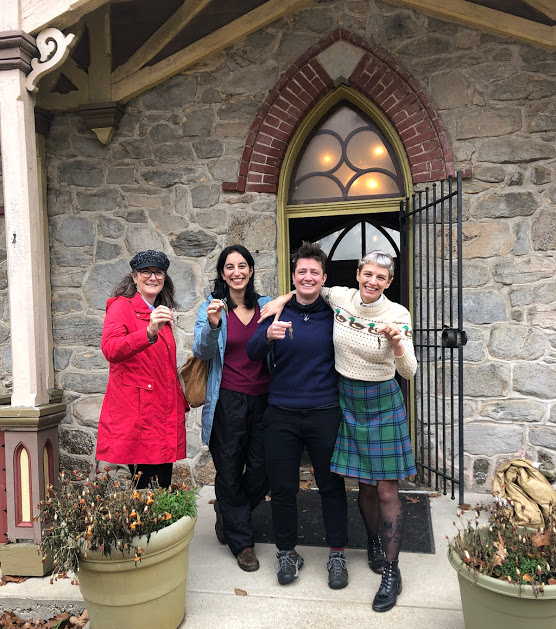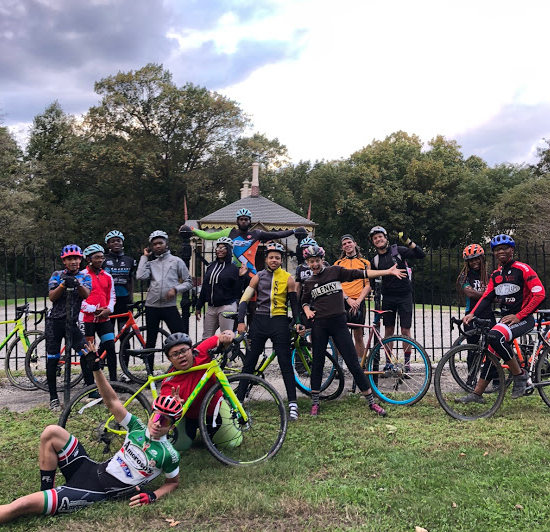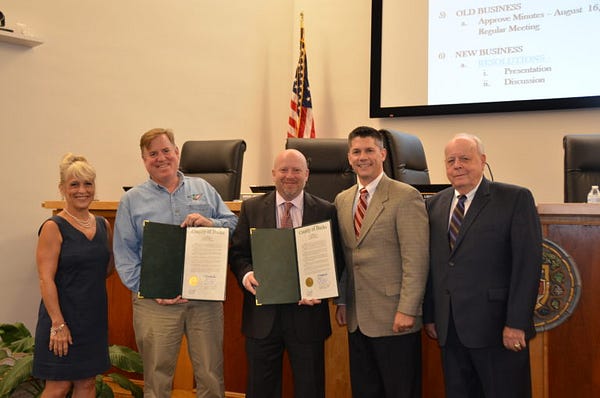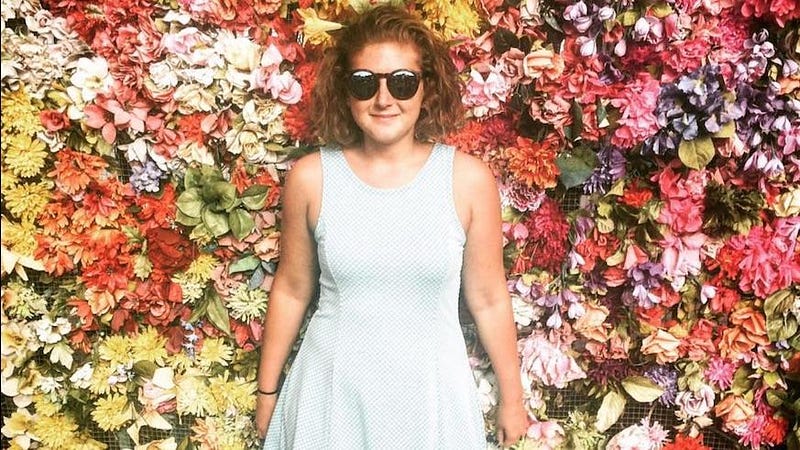As the year closes, we’re highlighting what we accomplished thanks to our members and volunteers. We’ll be publishing a blog each day covering the successes enabled by our members’ and partners’ investment in us.

The Bicycle Coalition of Greater Philadelphia is expanding into Fairmount Park with the opening of its first park-based cycling education and community center.
Housed in the historic Sedgley Porter House on Lemon Hill, the center will act as a community hub for all of BCGP’s cycling education programs with a special focus on its Bicycle Coalition Youth Cycling Program (BCYC).
BCYC fosters healthy habits, leadership, and independence in Philadelphia youth through the sport of cycling.

In 2018, BCYC’s program grew exponentially, to over 130 youth across 10 sites in North and West Philadelphia. BCYC program Manager Taylor Kuyk-White believed the program was ready for its own space.
“BCYC’s programming relies on a partnership model with Philadelphia Schools and Community Centers,” says Kuyk-White. “Last summer, we held a series of all star trainings, a portion of which happened in the storage locker where our bikes are kept. We had 55 youth and 5 coaches crammed like sardines into the basement unit to learn basic bike maintenance. I remember thinking, we are bursting at the seams; it’s time.”
More Circuit Resolutions Signed — Now Representing 5 Million People

At the end of the year, Gloucester County became the seventh county in the Philadelphia region to adopt a resolution in support of building 500 miles of The Circuit by 2025.
Circuit signatory governments now represent over 5 million people in our region!
These resolutions are a critical first step in helping us ramp up Circuit Trails construction to meet our goal of completion by 2040. As signatory governments represent the vast majority of people in our region, the resolutions highlight overwhelming support for increased trails construction that Circuit Coalition member organizations can use to leverage increased funding priorities at the state and federal levels.
One Year After Emily: What We’ve Achieved

Several days after Emily Fredricks’ crash on Spruce Street in Center City, the Bicycle Coalition sent Mayor Kenney a letter requesting that he take seven actions to accelerate implementation of Vision Zero. Below are the requests we made in our December 1, 2017 letter and the resulting actions.
Add $1 Million to the Vision Zero Office FY2019 Budget.
What Happened: The City also added 13 new positions in the Streets Department’s FY19 Budget for a Vision Zero Maintenance Crew. That crew is expected to be hired by April 2019. In October 2018, the City committed to advancing $1.5 Million to cover the design for five fast-track projects at two schools, Cramp Elementary and Hamilton Elementary; the intersection of Roosevelt Boulevard & Summerdale; and corridor improvements on Parkside Avenue and North Broad Street.
Make public where protected bike lanes will be installed.
What Happened: The City has not released a map. It committed to building a “high quality bike lane network” by 2025 and 40 miles of protected bike lanes in its Strategic Transportation Plan: Connect and wants an outcome that doubles the number of bicycle commuters.
While the Administration did increase the figure from 30 miles to 40 miles, it extended the time to get there from five years to ten years (2020 to 2025). The report did list some key projects the City intends to get done by 2020 and 2025, including Spring Garden Street Greenway and Washington Avenue.
Present and implement Spruce & Pine design.
What Happened: City held two heavily attended public meetings and numerous meetings with the three civics along the corridor to discuss its plan to repave the entire Spruce & Pine corridor and flip the bike lanes from the right to the left to reduce “right-hooks,” like the one that killed Emily.
Extensive community outreach was conducted and initially, the City committed to complete the project by Fall 2018. But, the date slipped by and the City’s intention now is to get it done by Spring 2019 — which is extremely disappointing given the poor condition of the lanes and the sense of urgency that prevailed during Spring 2018.
Redesign Spruce & Pine intersections; replace with curbing.
What Happened: The City proposed several design options at the two public meetings in April that involved green paint and flex posts. We will see what the City actually implements.
Limit garbage haulers to one section of the city.
What Happened: The City told us that state legislations (Act 90) limited their ability to regulate private haulers.
Mandate side guards on all large private and public trucks.
What Happened: In April 2018, the City announced that it would begin to require all new trash hauling trucks that it purchases to undergo a series of safety improvements, including the installation of side guards. We are researching how the City can mandate private haulers.
Advocate on Families’ Behalf
Separate from demands of the City being met and not being met, the Fredricks worked with Bicycle Crash Lawyer Stuart Leon and the law firm of Saltz, Mongeluzzi, Barrett and Bendesky on a series of demands for Gold Medal that would make their drivers inherently safer around cyclists.
This settlement and the meeting of demands is the first of its kind. We hope other companies that operate in Philadelphia, do deliveries, and use the streets, take note.
Along with the Fredricks Family, the Reffords, Latanya Byrd, Channabel Morris, the Javsicas’, and others, the Bicycle Coalition is organizing a new chapter of Families of Safe Streets, called Families for Safe Streets Greater Philadelphia.
